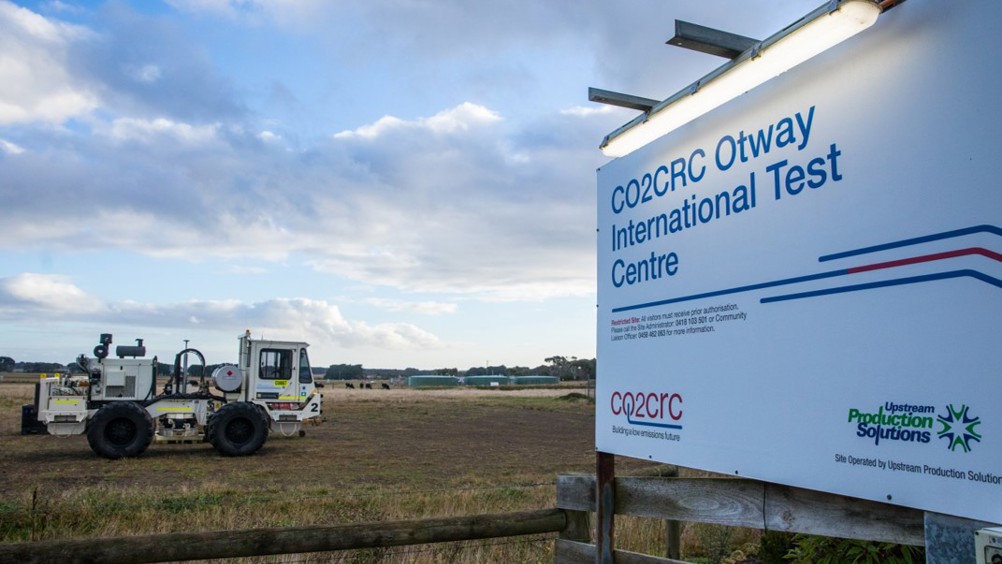Climate change and safe burial of carbon dioxide: the world’s biggest miner to the fore
Dr Bryan Lovell, Emeritus Senior Researcher in Earth Sciences, University of Cambridge reflects on how Australian resource company BHP came to play a leading role in the development of technology critical to a low carbon future

All sane opinion now favours a rapid but safe transition to a low-carbon economy. The role of engineers in harnessing power from atom, Sun, wave, and wind is so obvious it needs no promotion here. The role of the engineer in the essential low-carbon technology of carbon capture and storage (CCS) is less well known, and in some sceptical quarters remains contentious.
In those same sceptical quarters, Australian miners are still regarded as climate-change villains, even though they have played a significant role in making Australia a leader in understanding CCS. Melbourne-based BHP, the world’s biggest miner, has led in promotion of research on CCS. That research has concentrated on the crucial issue of safe storage of carbon dioxide in subsurface reservoirs. Do we have to use only relatively rare sealed reservoirs? Or can we also store carbon dioxide safely in relatively abundant open reservoirs?
I begin my story in the 1990s, when the Director of the British Geological Survey (BGS) was Peter Cook, an Australian. Under Cook’s leadership, pioneering experimental work was done on storage of carbon dioxide in porous and permeable rocks. I was on an advisory board for BGS at the time, and was shown the innovative apparatus being used for these tests. I went excitedly to my colleagues in the oil industry to tell them of the potential of CCS to control emissions from the use of their products. A few of those colleagues were interested: they began to influence others.
Register now to continue reading
Thanks for visiting The Engineer. You’ve now reached your monthly limit of premium content. Register for free to unlock unlimited access to all of our premium content, as well as the latest technology news, industry opinion and special reports.
Benefits of registering
-
In-depth insights and coverage of key emerging trends
-
Unrestricted access to special reports throughout the year
-
Daily technology news delivered straight to your inbox











Comment: Engineers must adapt to AI or fall behind
A fascinating piece and nice to see a broad discussion beyond GenAI and the hype bandwagon. AI (all flavours) like many things invented or used by...